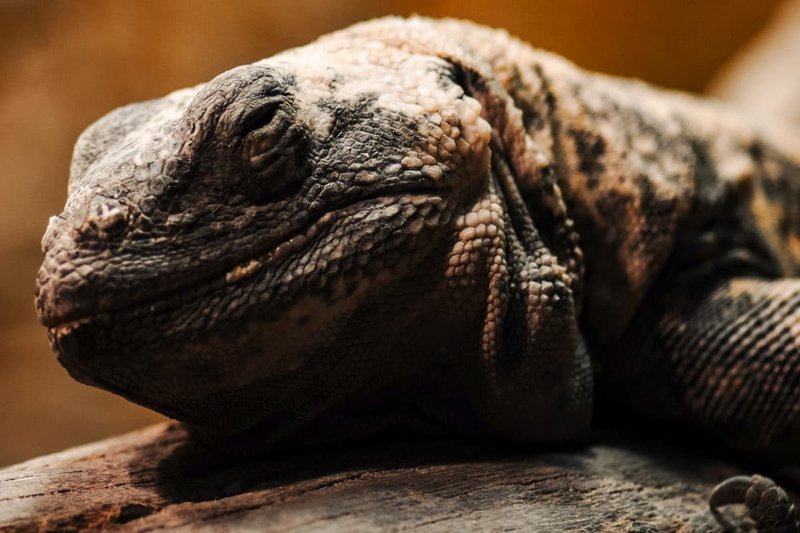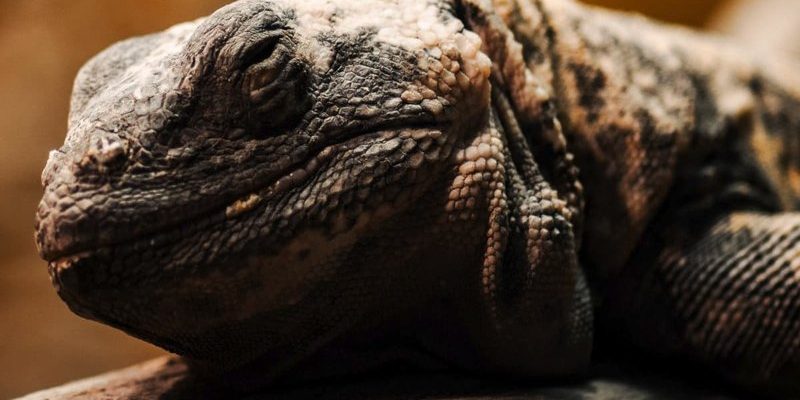
Choosing the right enclosure is the first step in ensuring your gecko thrives. The tank acts as their entire world, and getting all the details right can make a big difference in their happiness and health. I’ll share practical tips and insights based on common practices among experienced gecko owners. Together, we’ll go through each aspect of setting up an enclosure that’ll make your gecko feel right at home.
Choosing the Right Tank Size for Your Leopard Gecko
You might be wondering, “What’s the best size for my leopard gecko’s tank?” The standard recommendation for an adult leopard gecko is a 30-gallon tank. This size gives them enough space to move around comfortably and explore their environment. Think of it like giving a teenager their own bedroom—there’s room for personal items and space to grow!
For hatchlings or juvenile geckos, a 10 to 20-gallon tank is sufficient. They don’t need as much space when they’re small, and starting them out in a cozy environment can help reduce stress. As they grow, you can always upgrade to a larger tank. Here’s a quick breakdown:
- Hatchlings: 10-gallon tank
- Juveniles: 20-gallon tank
- Adults: 30-gallon tank or larger
Make sure to choose a tank with a secure lid. Leopard geckos love to climb and explore, and a curious gecko can easily escape a tank without a proper lid.
Substrate: The Groundwork for Comfort
Now let’s talk about substrate—the base layer of your gecko’s home. Think of it as the flooring of their little apartment. The right substrate not only keeps them comfortable but also helps maintain hygiene in the tank. Avoid using sand, as it can lead to impaction if they accidentally ingest it. Instead, consider safer options like:
- Reptile carpet: Easy to clean and safe for your gecko.
- Paper towels: Super simple and hygienic, especially for hatchlings.
- Coconut fiber: Natural and looks great, but be mindful of cleanliness.
Using a substrate that allows for easy cleaning is crucial. You’re going to want to spot clean daily and do a full substrate change every month or so. A clean environment keeps your gecko healthy and happy, much like we feel better in a tidy room!
Temperature: Creating the Perfect Hot Spot
Temperature control is vital in a leopard gecko’s habitat. They need a hot basking area and a cool side in their tank. To achieve this, aim for a basking spot of around 90-95°F and a cooler end of about 70-75°F. You can use a heat mat or heat lamp to create these gradients. Just remember, like us, geckos thrive best when they have options!
Using a reliable thermometer or two helps you monitor the temperature accurately. If you notice your gecko spending too much time in one area, it might be time to adjust the heat. Think of it like adjusting the thermostat at home; you want to keep things comfortable.
Lighting: Day and Night Cycles
When it comes to lighting, leopard geckos do not require UVB lighting like some other reptiles. However, having a regular day and night cycle is important for their well-being. Using a simple light that mimics natural sunlight can help maintain this cycle. For example, a 12-hour light and 12-hour dark cycle is ideal.
During the day, keep the tank bright without overdoing it—just enough to simulate a warm sunny day. At night, turn off the lights and let your gecko enjoy a restful night like any cozy creature would. If you want to observe them at night, consider a red or blue bulb; these won’t disrupt their natural behavior as much.
Enrichment: Adding Hiding Spots and Decor
To keep your leopard gecko happy, you need to think about enrichment. Just like you’d decorate your room with things you love, your gecko needs places to explore and hide. Adding hiding spots—like caves, rocks, or branches—gives them safe spaces to retreat to when they feel stressed or need downtime.
You can also include climbing structures with branches or logs, which promote exercise and mental stimulation. Just remember to avoid sharp edges on decorations that could hurt your gecko. It’s all about creating a safe, engaging environment that keeps them active and happy.
Cleaning and Maintenance: Keeping the Enclosure Safe
Cleaning your leopard gecko’s enclosure is essential for their health. A dirty tank can lead to harmful bacteria and stress for your gecko. Start with a daily spot clean to remove waste or uneaten food. Then, about once every month, do a thorough clean of the entire tank.
To do this effectively, follow these steps:
- Remove your gecko and place it in a safe temporary enclosure.
- Take out all substrate and clean ornaments, caves, and rocks with warm water and a reptile-safe disinfectant.
- Replace the substrate and decorations, ensuring everything is clean and dry before returning your gecko.
Think of cleaning like creating a fresh start; it helps your gecko feel comfortable and safe in their home.
Setting up the perfect leopard gecko enclosure involves a mix of knowledge and creativity. By considering factors like tank size, substrate, lighting, and enrichment, you can create an inviting space that supports their needs. Each element plays a critical role in their overall happiness and health, similar to how our environment affects our mood and well-being.
So, take your time setting up the tank. Enjoy the process of designing a little habitat that feels just right for your gecko friend. With these tips, you’ll be well on your way to providing a cozy home where your leopard gecko can thrive and delight in every moment. Happy tank building!

